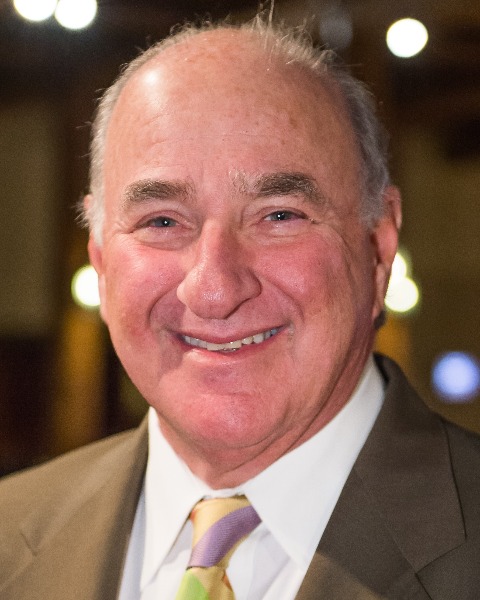Back
Introduction: Radiation therapy for prostate cancer is typically prescribed at a standard dose, 79-81 Gy for external beam irradiation (EBRT) and 145 Gy for iodine-125 brachytherapy (BT). Unlike prostatectomy where the gland is removed at the time of treatment successful radiation treatment relies on the death of all cancer cells in situ. However, the dose requirement for different Gleason grade groups or NCCN risk groups may also differ. We investigated the relationship between the biological effective dose (BED) and local control as determined by post-treatment biopsy (PB) in a large cohort of men who had BT + EBRT.
Methods: 545 men who had BT were followed a median of 11 years (range 2-26) and had PB a mean of 3.2 years (2-17) post-treatment. All PB were performed by one investigator (NNS) and routinely performed at 2 years or later for a rising PSA. Median age, PSA and BED were 66 years (41-85), 7.0 ng/ml (1-189) and 185.5 Gy (15-282). 295 (54.1%) received hormone therapy (HT) for a median of 6 months. Radiation doses were converted post-implant to the BED using an ?/ß of 2. Associations with grade, stage, PSA, NCCN status, HT use, BED were compared to the PB results and prostate cancer survival (PCS) using ANOVA, chi-square, linear regression, Kaplan Meier estimates with comparisons by log rank and Cox proportion hazards.
Results: 34 (6.2%) of the 545 men had a positive PB which occurred a mean of 5.9 years (range 2-17) after all treatment. BED (p < 0.001), stage (p=0.004), PSA (p=0.038) and HT use (p=0.019) were associated with a positive PB but only BED (p < 0.001) remained significant on regression analysis. Dichotomizing BED to < 140, 160, 180, 200, 220 or greater yielded optimal local control (positive biopsy rate 2% or less) at 180 Gy for all 3 NCCN risk groups (Table). Men with a positive PB had a mean BED of 136.8 vs. 181.3 Gy for negative PB (p < 0.001). At <180 Gy 24/229 (10.5%) had local failure compared to 5/392 (1.7%) for higher doses (p < 0.001, OR 6.7, 95%CI 2.5-17.9). PCS at 15 and 20 years for negative PB was 94.5 and 94.5% vs. 74.4 and 46.5% for a positive one (p < 0.001). PCS was associated with BED (p < 0.001), PSA (p=0.028) and stage (p=0.018).
Conclusions: This long-term investigation defined the radiation dose necessary to eradicate prostate cancer and should be considered as the minimal requirement when prescribing and delivering this treatment option. SOURCE OF
Funding: None

Podium Session
Session: PD15: Prostate Cancer: Localized: Radiation Therapy
PD15-03: Radiation dose required to control prostate cancer as determined by post-treatment biopsy: long term results
Saturday, April 29, 2023
7:20 AM – 7:30 AM CST
Location: S502

Nelson N. Stone, MD
Professor of Urology and Radiation Oncology
Icahn School of Medicine at Mount Sinai
Podium Presenter(s)
Introduction: Radiation therapy for prostate cancer is typically prescribed at a standard dose, 79-81 Gy for external beam irradiation (EBRT) and 145 Gy for iodine-125 brachytherapy (BT). Unlike prostatectomy where the gland is removed at the time of treatment successful radiation treatment relies on the death of all cancer cells in situ. However, the dose requirement for different Gleason grade groups or NCCN risk groups may also differ. We investigated the relationship between the biological effective dose (BED) and local control as determined by post-treatment biopsy (PB) in a large cohort of men who had BT + EBRT.
Methods: 545 men who had BT were followed a median of 11 years (range 2-26) and had PB a mean of 3.2 years (2-17) post-treatment. All PB were performed by one investigator (NNS) and routinely performed at 2 years or later for a rising PSA. Median age, PSA and BED were 66 years (41-85), 7.0 ng/ml (1-189) and 185.5 Gy (15-282). 295 (54.1%) received hormone therapy (HT) for a median of 6 months. Radiation doses were converted post-implant to the BED using an ?/ß of 2. Associations with grade, stage, PSA, NCCN status, HT use, BED were compared to the PB results and prostate cancer survival (PCS) using ANOVA, chi-square, linear regression, Kaplan Meier estimates with comparisons by log rank and Cox proportion hazards.
Results: 34 (6.2%) of the 545 men had a positive PB which occurred a mean of 5.9 years (range 2-17) after all treatment. BED (p < 0.001), stage (p=0.004), PSA (p=0.038) and HT use (p=0.019) were associated with a positive PB but only BED (p < 0.001) remained significant on regression analysis. Dichotomizing BED to < 140, 160, 180, 200, 220 or greater yielded optimal local control (positive biopsy rate 2% or less) at 180 Gy for all 3 NCCN risk groups (Table). Men with a positive PB had a mean BED of 136.8 vs. 181.3 Gy for negative PB (p < 0.001). At <180 Gy 24/229 (10.5%) had local failure compared to 5/392 (1.7%) for higher doses (p < 0.001, OR 6.7, 95%CI 2.5-17.9). PCS at 15 and 20 years for negative PB was 94.5 and 94.5% vs. 74.4 and 46.5% for a positive one (p < 0.001). PCS was associated with BED (p < 0.001), PSA (p=0.028) and stage (p=0.018).
Conclusions: This long-term investigation defined the radiation dose necessary to eradicate prostate cancer and should be considered as the minimal requirement when prescribing and delivering this treatment option. SOURCE OF
Funding: None

